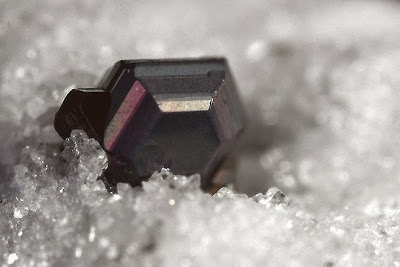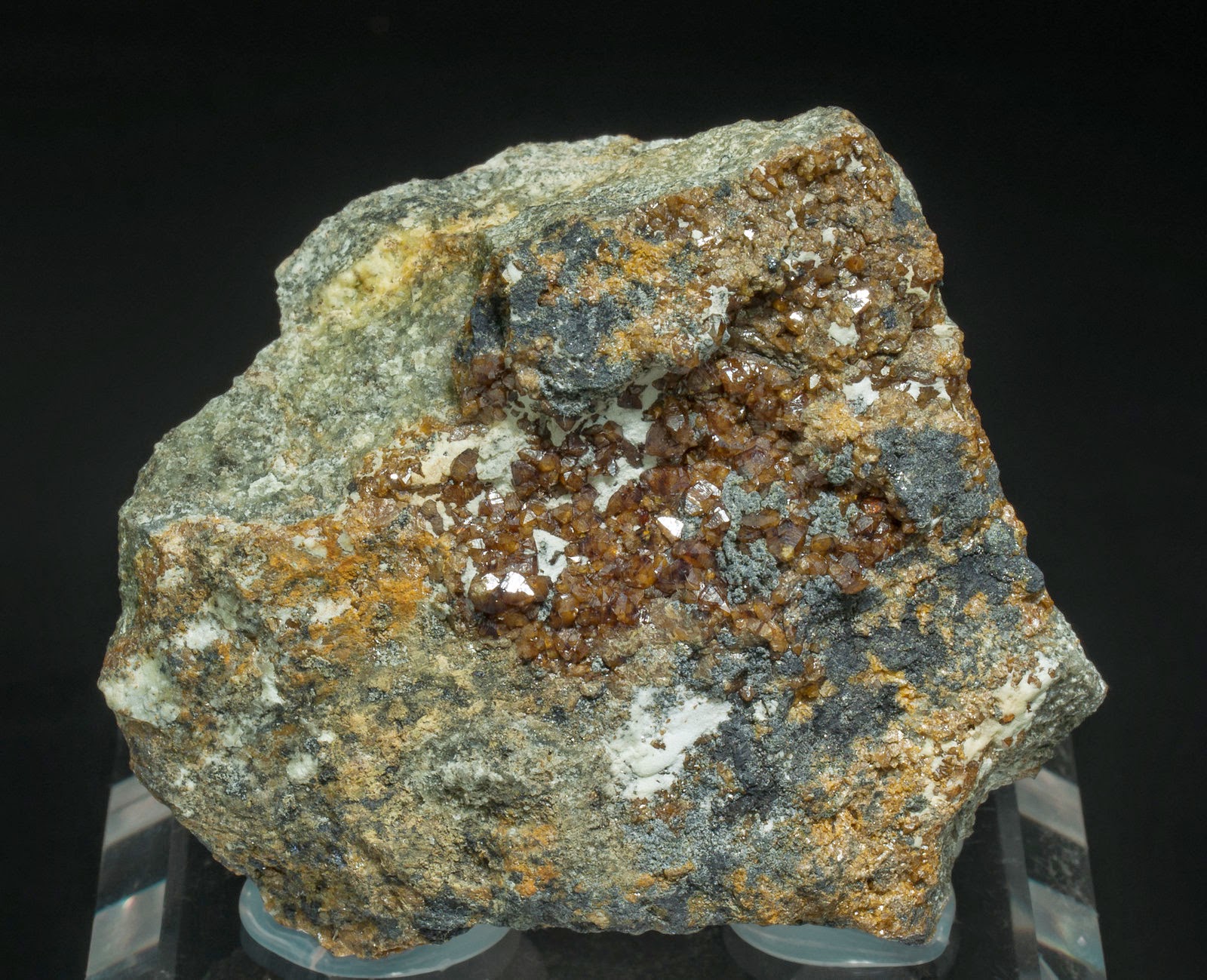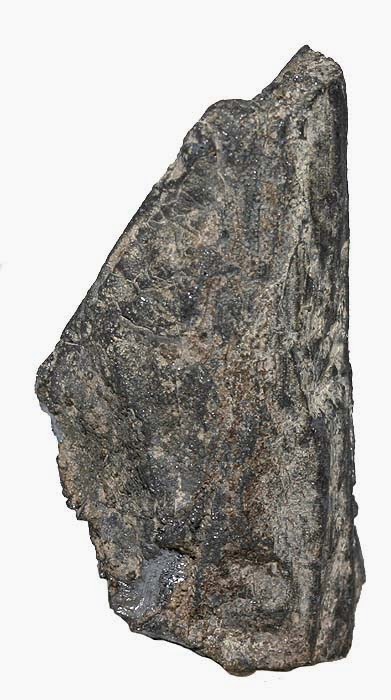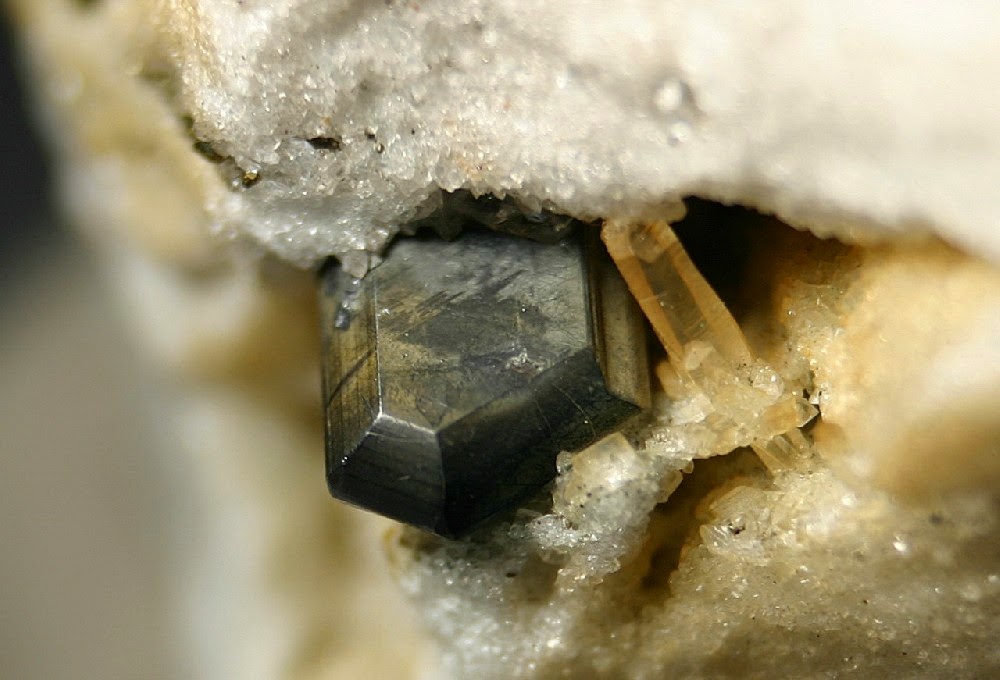
Chemical Formula: Pb14(As,Sb)6S23
Locality: Binnental, Valais, Switzerland.
Name Origin: Named after H. Jordan from Saarbrucken.
Jordanite is a sulfosalt mineral with chemical formula Pb14(As,Sb)6S23 in the monoclinic crystal system, named after the German scientist Dr H. Jordan (1808–1887) who discovered it in 1864.
Lead-grey in colour (frequently displaying an iridescent tarnish), its streak is black and its lustre is metallic. Jordanite has a hardness of 3 on Mohs scale, has a density of approximately 6.4, and a conchoidal fracture.
The type locality is the Lengenbach Quarry in the Binn Valley, Wallis, Switzerland.
Physical Properties
Cleavage: {010} Distinct
Color: Lead gray.
Density: 5.5 – 6.4, Average = 5.95
Diaphaneity: Opaque
Fracture: Brittle – Conchoidal – Very brittle fracture producing small, conchoidal fragments.
Hardness: 3 – Calcite
Luster: Metallic
Streak: black
Photos :













